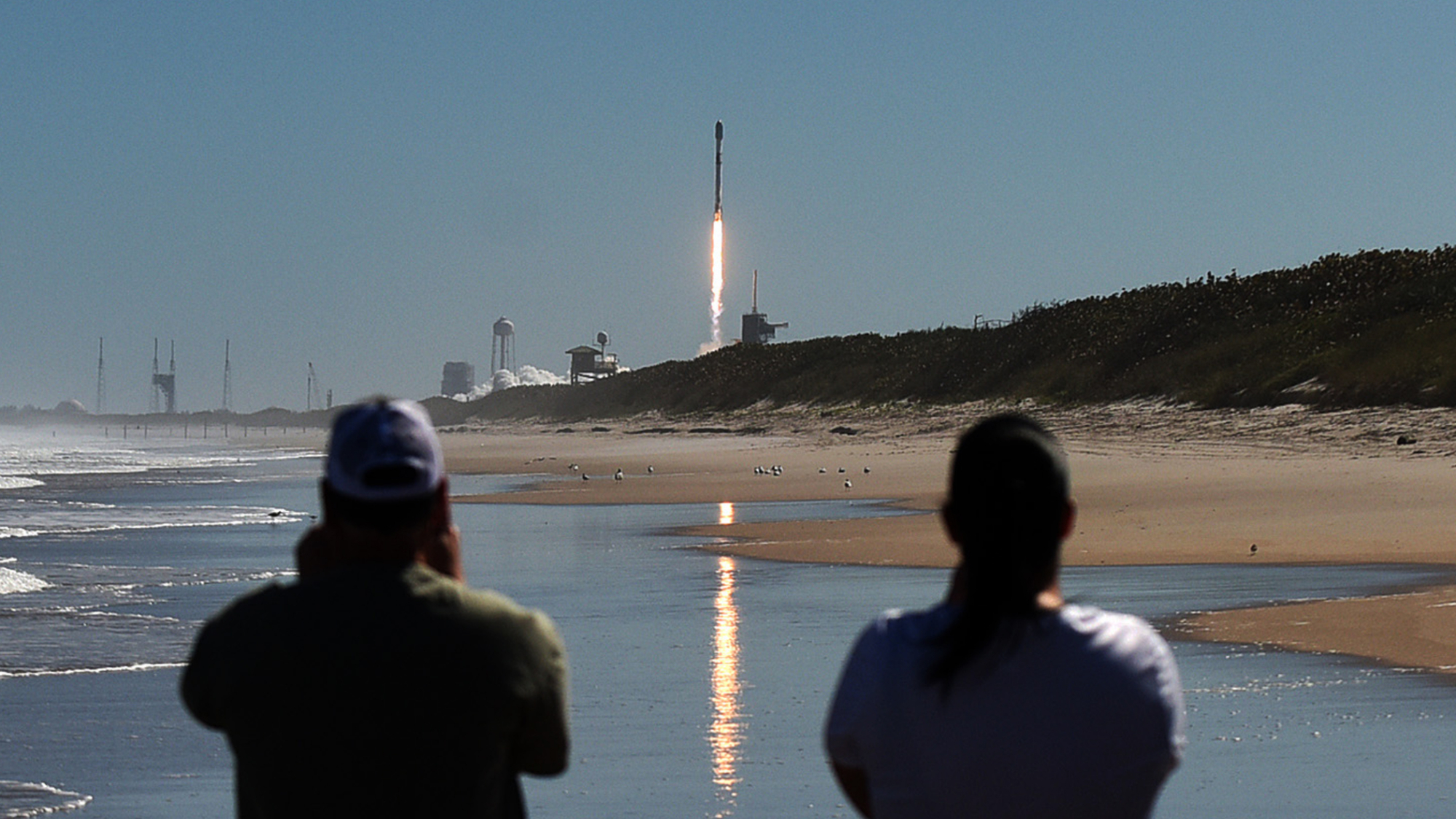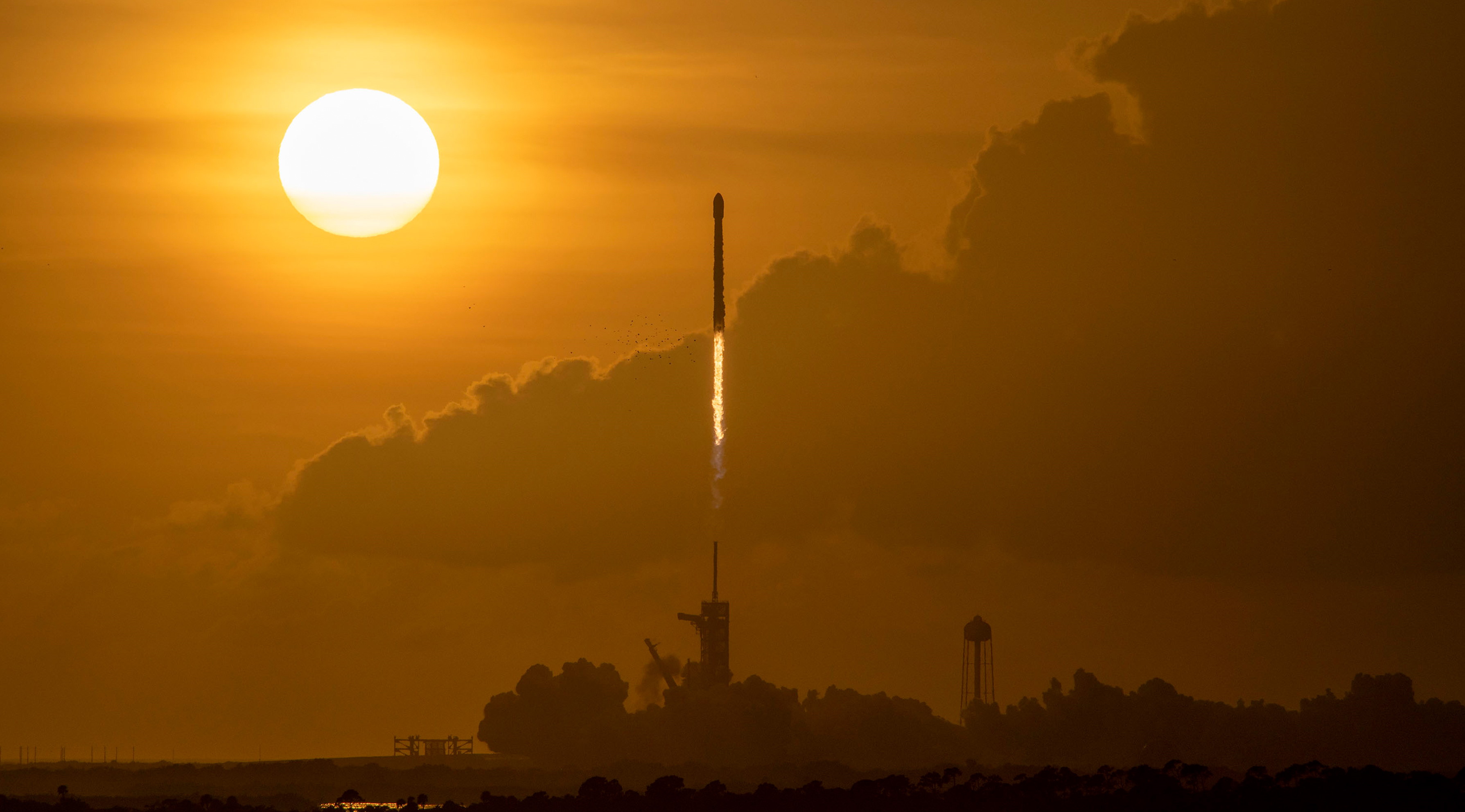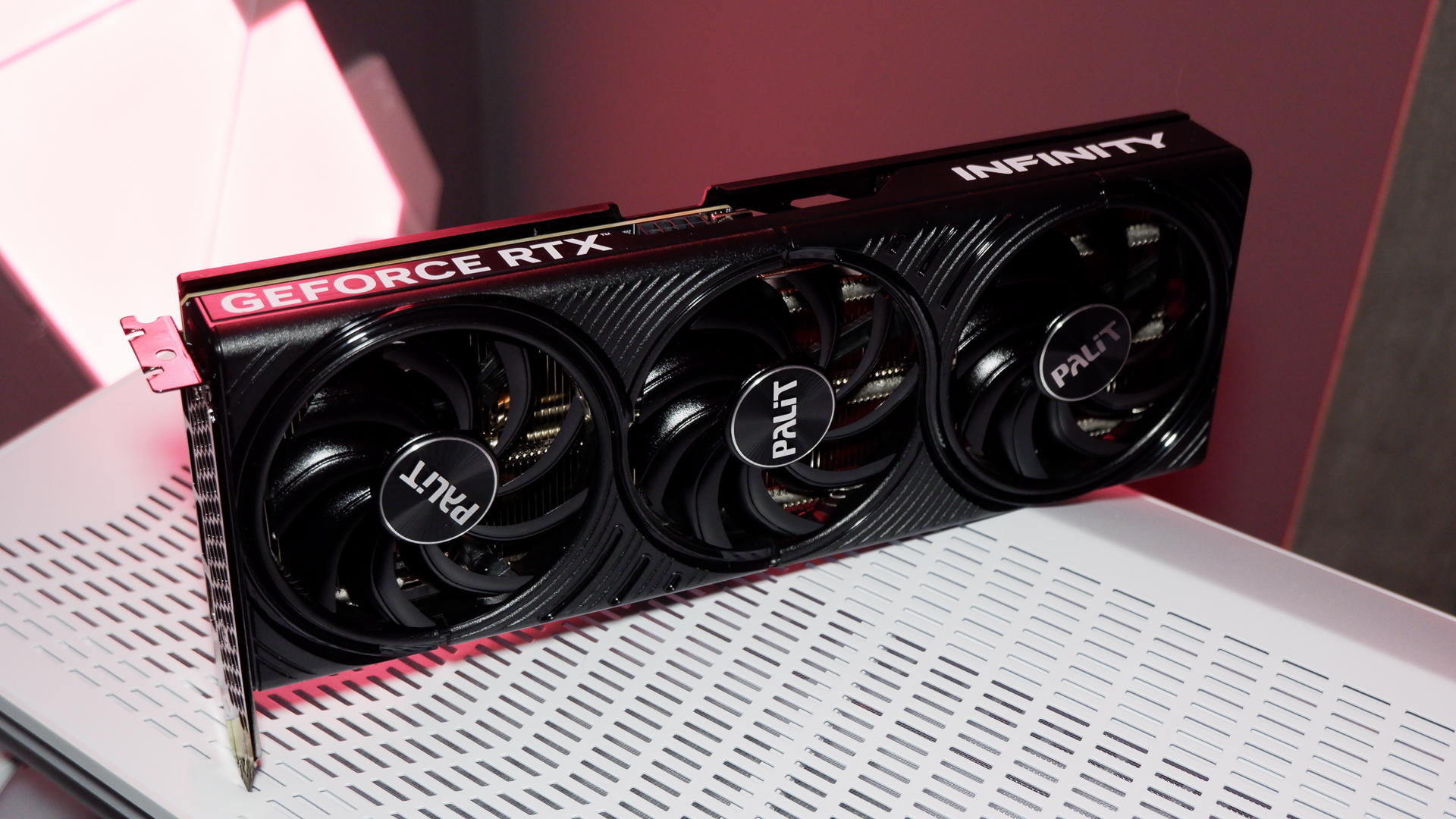So long and thanks for all the space junk: China-based Starlink competitor SpaceSail plans to have 15,000 satellites deployed by 2030, and it's not the only one with its eyes on the skies
Because if there's one thing we need more of, it's big chunks of metal orbiting the planet.

If I say to you "satellite-based internet provider", your first thought is probably Starlink. A subsidiary of Elon Musk's space technology company SpaceX, Starlink has launched a total of 8,000 internet-providing satellites as of February 22, with many more planned in the future. However, rival satellite companies are waiting in the wings, including the reportedly Chinese state-backed SpaceSail, which plans to have up to 15,000 satellites orbiting Earth by 2030.
SpaceSail signed an agreement to provide internet coverage in Brazil last year and announced it was in talks with over 30 countries to provide a similar service (via Reuters). Brazil is also in talks with Jeff Bezos' Project Kuiper, an Amazon subsidiary that also plans to launch thousands of internet-beaming satellites into the inky beyond above our heads.
The Chinese government is said to view Musk's increasing satellite dominance as a threat, particularly after seeing Starlink's importance in the ongoing conflict in Ukraine. The country is believed to have launched a record 263 LEO (Low Earth Orbit) satellites last year alone, but that's dwarfed by SpaceSail's plans to launch 648 of its own satellites this year, and a further 14,000 odd internet-transmitting devices in orbit over the next five years.
SpaceSail's launches are said to be in aid of building what is referred to as the Qianfan, or "Thousand Sails Constellation", which aims to provide a satellite-based system of worldwide internet coverage. The Thousand Sails program began in 2023 with the creation of the "Shanghai Action Plan to Promote Commercial Aerospace Development and Create a Space Information Industry Highland", which probably sounds a lot catchier when it's not translated by Google.
It's not like StarLink plans to sit on its hands, however. 12,000 satellites are currently planned to be launched by the company, and SpaceX is believed to have plans to eventually grow that number to 42,000 in the coming years.
So, that's a lot of big hunks of internet-transmitting metal planned to be orbiting at tremendous speeds above us. On the one hand, that's potentially great news for people living in more rural communities where traditional internet connections are unfeasible, or other areas where regular internet providers can't easily reach—like ships at sea, or the Antarctic circle.
But there are multiple downsides, not least among them being space junk. Setting aside the fact that more satellites in orbit increases the odds of a space-debris-causing collision, even re-entering them into the Earth's atmosphere for disposal comes with potential issues. Harvard and Smithsonian astronomer Jonathon McDowell estimates that there is now "a Starlink reentry almost every day… sometimes multiple", and each Starlink satellite is said to be due for replacement every five years on average.
The biggest gaming news, reviews and hardware deals
Keep up to date with the most important stories and the best deals, as picked by the PC Gamer team.

Scientists are worried that when these aluminium satellites hit the upper layers of the Earth's atmosphere and burn up, they turn into aluminium oxide ash, which may accumulate at high altitudes and potentially damage Earth's protective ozone layer.
Not only that, but the rocket launches propelling thousands of satellites into orbit also burn up some of their primarily aluminium stages upon re-entry, not to mention the environmental effects of the emissions of the rocket motors themselves. While SpaceX's trick reusable rocket stages may mitigate the issue, it seems unlikely that every satellite launching provider will use such a reusable technique in order to propel a huge number of extra satellites into lower Earth orbit over the coming years.

Best gaming PC: The top pre-built machines.
Best gaming laptop: Great devices for mobile gaming.
And we haven't even got to any of the more immediate concerns down here on terra firma. Musk's satellites are already occasionally visible to the naked eye and have been accused of blinding radio telescopes here on Earth, somewhat ironically making it difficult for astronomers to further our understanding of the vast reaches of space—by improving communications in our own orbit.
Regardless, it looks like there's no stopping the march of modern internet satellites, and many more look to be blighting our skies/potentially improving worldwide internet access in the near future. We often do because we can, not necessarily because we should, and it seems like the march of progress shows no signs of stopping here. And as a result, our night skies may soon never look the same again.

Andy built his first gaming PC at the tender age of 12, when IDE cables were a thing and high resolution wasn't—and he hasn't stopped since. Now working as a hardware writer for PC Gamer, Andy's been jumping around the world attending product launches and trade shows, all the while reviewing every bit of PC hardware he can get his hands on. You name it, if it's interesting hardware he'll write words about it, with opinions and everything.
You must confirm your public display name before commenting
Please logout and then login again, you will then be prompted to enter your display name.

